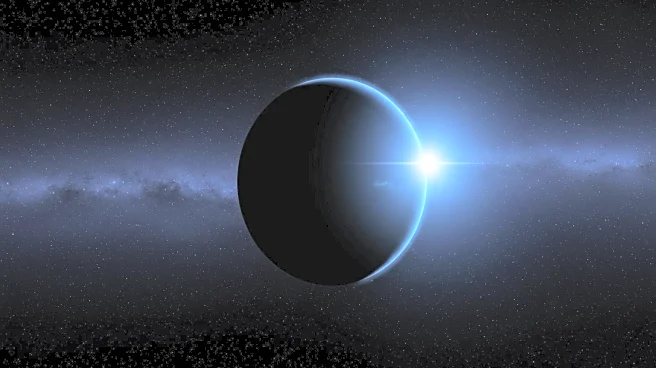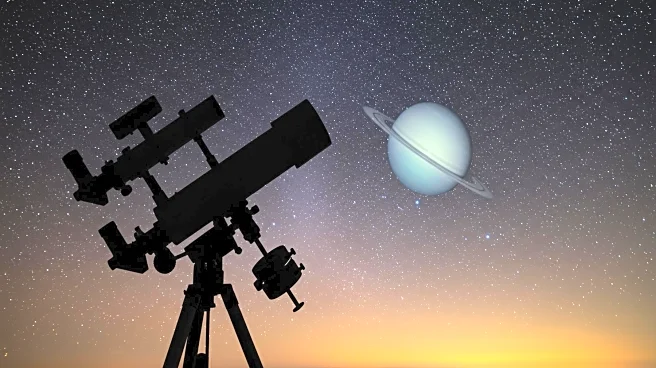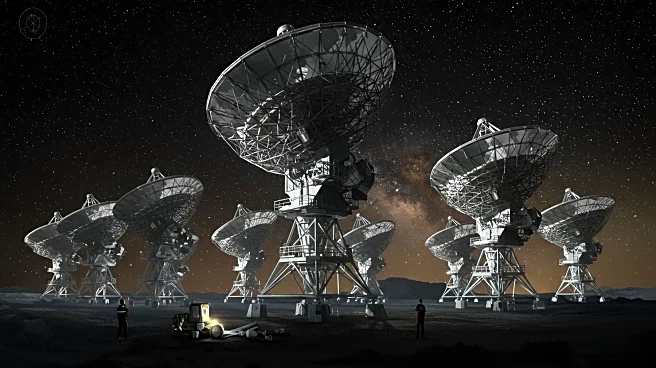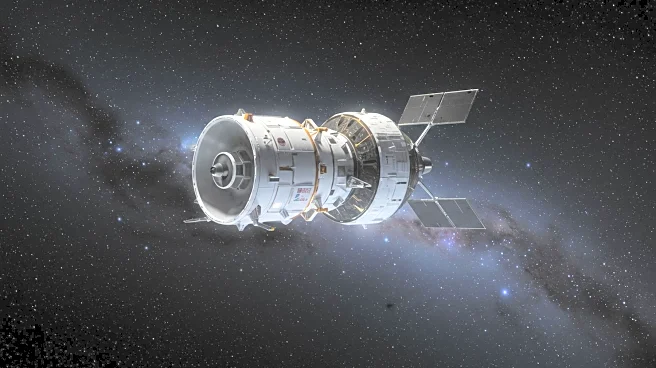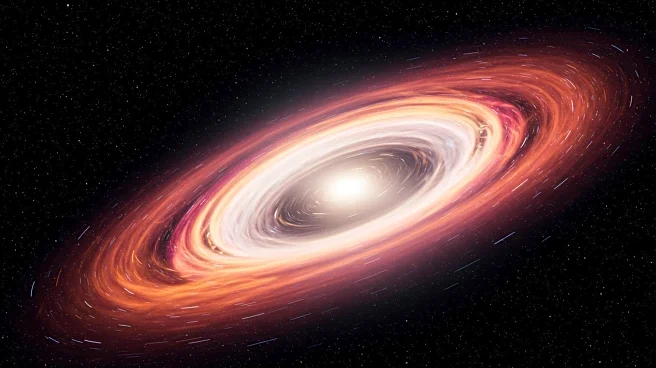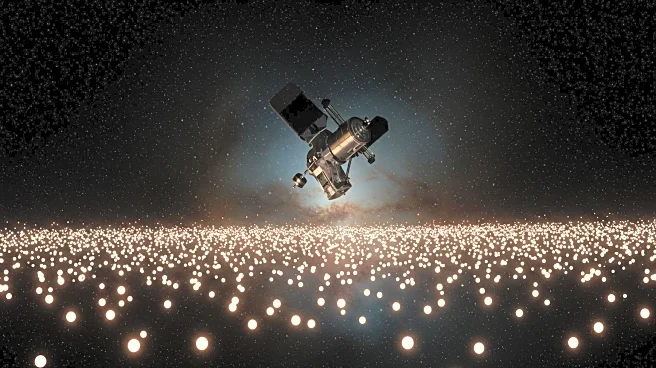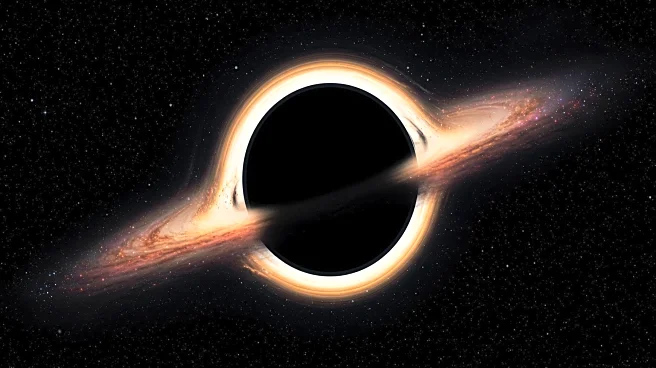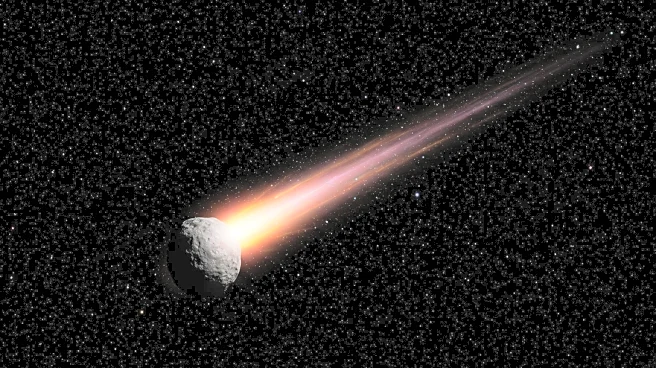What's Happening?
NASA's recent stellar occultation event involving Uranus has provided significant scientific discoveries about the planet's atmosphere. Observed in April 2025, the event allowed researchers to analyze how light from a distant star was altered as it passed through Uranus's atmosphere. This analysis has led to new insights into the atmospheric temperature, density, and pressure of Uranus, which have been largely unknown since the last major observations three decades ago. The data collected during this rare celestial alignment is crucial for refining the understanding of Uranus's atmospheric dynamics and preparing for future missions aimed at exploring the planet's atmospheric layers more deeply.
Why It's Important?
The findings from the Uranus stellar occultation have profound implications for planetary science. Understanding the atmospheric dynamics of Uranus can enhance knowledge about ice giants, which are a key component of our solar system. This research could inform future space missions and contribute to the broader field of planetary science by providing insights into atmospheric processes that may be applicable to other planets. The data could also help scientists develop better models for predicting atmospheric behavior, which is essential for planning future explorations and understanding the evolution of planetary atmospheres.
